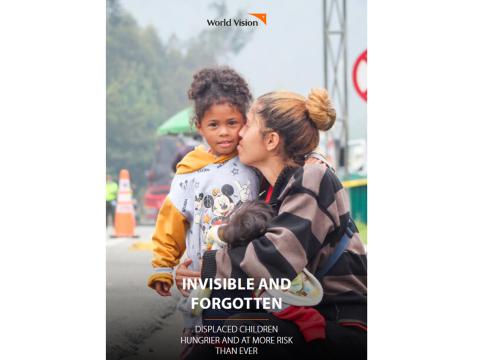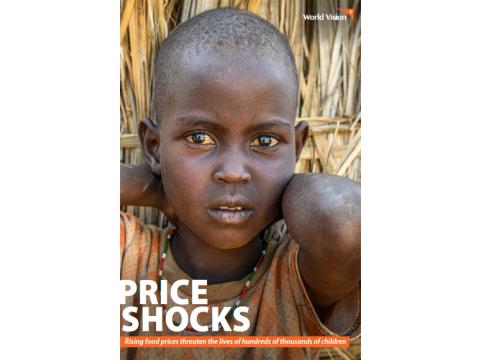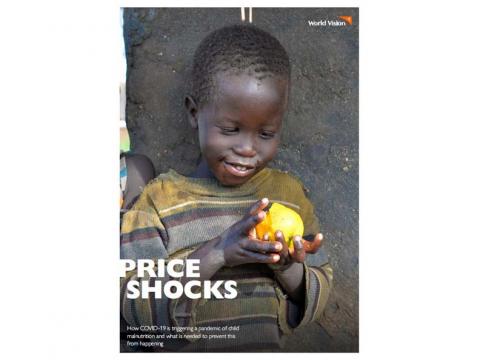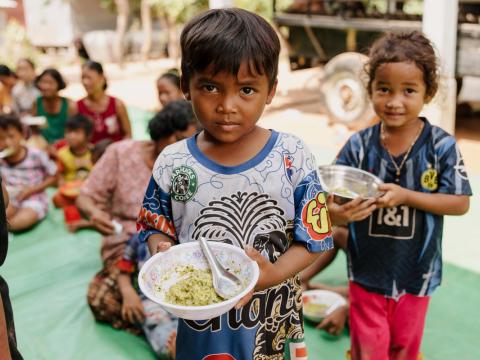Price Shocks: Economic gains masking a growing hunger and malnutrition crisis
Download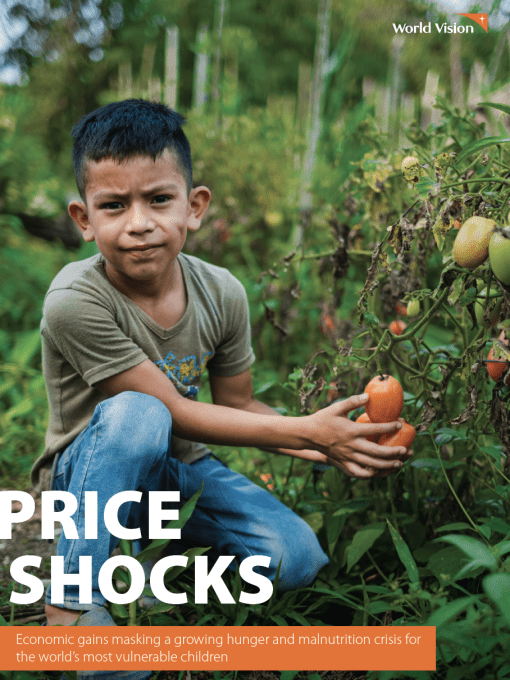
The hunger and nutrition crisis taking over the world is driven by the 4 ‘Cs’ – conflict, climate change, uneven impacts of and recovery from the COVID-19 pandemic, and the increased cost of living. These drivers are interacting to create new and worsen existing hunger crises around the world, reversing gains families had made to escape poverty. Global inflation, in particular, has had a toll on countries battling with hunger and malnutrition. Although international food prices had been trending downward, since their peak in March 2022 with the start of the war in Ukraine, they remain at historically high levels and people living in the most vulnerable contexts consistently spend the most.
In September 2021, World Vision analysed global food prices to highlight how the pandemic was fuelling rising food prices and creating a child malnutrition pandemic with a much higher death rate than COVID-19. The report was informed by a survey of prices of 10 common food items (raw chicken, cooking oil, corn cobs, eggs, milk, raw sugar, rice, sweet bananas, tomatoes and wheat flour) in 28 countries worldwide. It found that even though everyone was affected, with millions being pushed into poverty, the health and well-being of children were the most at risk. This was followed by an in-depth analysis of the effects of the outbreak of conflict in Ukraine, in October 2022, which examined how spiralling food, fuel, and fertiliser prices compounded these factors globally, leaving people even further behind and exacerbating existing humanitarian crises.
Now in its third year, the lingering effects of the pandemic continue to be disproportionately felt by struggling families in the poorest countries, contributing to increasing socioeconomic disparity around the world. In particular, changes in food prices in the most developed countries show mixed results (such as in Singapore, Australia, and the Netherlands), while the most extreme price shocks are in countries experiencing intensifying conflict, violence, and climate shocks, like Burundi, Sudan, and Honduras, who are already experiencing extreme hunger. In this report, we deepen the investigation into existing barriers, such as conflict and violence, climate extremes, and lasting economic ripples from COVID-19 that prevent food price improvements and food access to certain parts of the globe.
However, despite funding for lifesaving food and nutrition programmes still not being a global priority, it is not too late to prevent the deaths of millions of children annually and ensure children are healthy and thriving. Together, governments, donors, and other humanitarian actors can save lives by ensuring crisis pledges are urgently met, children are prioritised in nutrition plans and health services, and parents and caregivers are empowered with the economic tools they need to provide nutritious food for their households and become more resilient against future food insecurity and livelihoods-related shocks.
